Chinese Economy, International Trade
China: top world in the production of steel, coal, cement. Agriculture
- Since 1996, the People's Republic of China has led the world in steel, coal, cement, farm-use chemical fertilizer and television production
- The Small and medium-sized enterprises and non-public enterprises have become the main job creators of China (Asia)
- Private enterprises alone provided 50% of employment
- A socialist market economic system has now taken form in China, and the basic position played by the market has been improved in resource allocation

Taoism, Confucianism & Business
- Chinese economy: The world's factory
- Chinese Financial System
- Chinese Industry and Services
- Chinese Agriculture
- International Trade of China
- Buddhist, Confucian and Taoist Influence on China

The Subject “Chinese Economy and Foreign Trade” is included within the curriculum of the following academic programs at EENI Global Business School:
Masters: International Business, Foreign Trade.


Languages:  or
or  China
China  China
China  China.
China.
- Subject Credits “The Chinese economy”: 1

- The total number of billionaires in China has risen to the second place in the World, just behind the United States
- China has fundamentally created a financial system under the regulation and supervision of the Central Bank of China
- In 1990 China created stock exchanges in Shanghai and Shenzhen
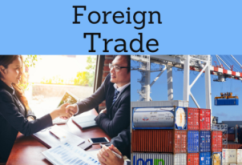
Chinese Foreign Trade.
- Main exported products from China are manufactured goods, machinery, electronic products, textiles, steel and iron, medical equipment
- Main Chinese export markets are the United States China, Hong Kong, Japan, South Korea
- Main products imported from China are fuels, minerals, plastics, chemicals
- Main suppliers of China are Korea, Japan, Taiwan, the United States, Australia
- Almaty-Bishkek Logistics Corridor
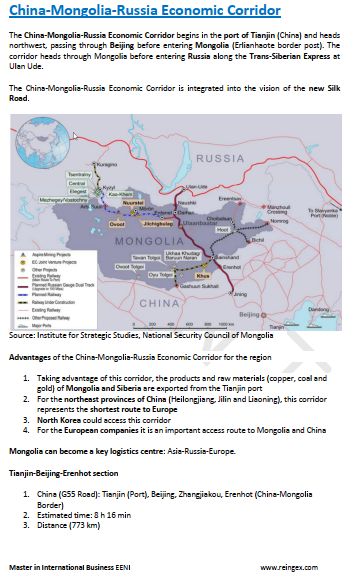
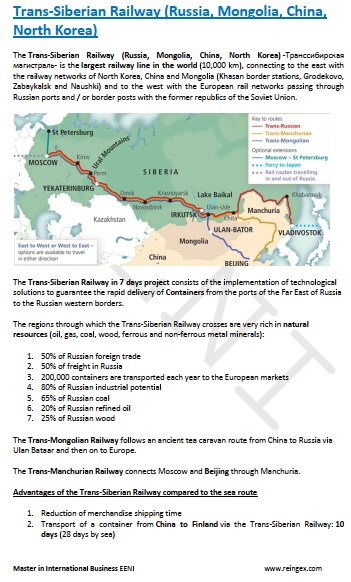
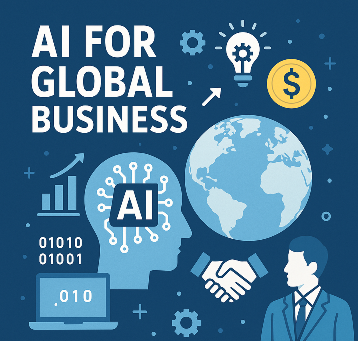
(c) EENI Global Business School (1995-2025)
Top of this page

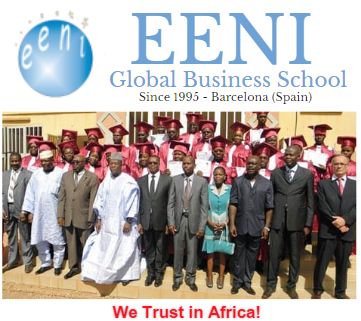



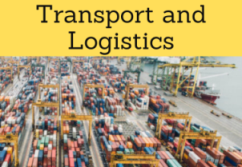
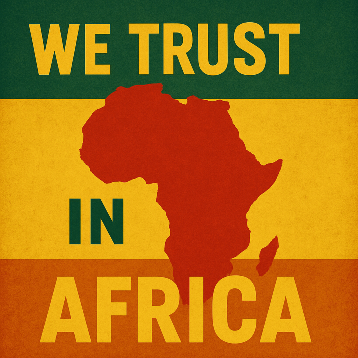


 WhatsApp
WhatsApp
